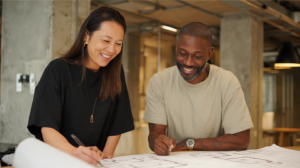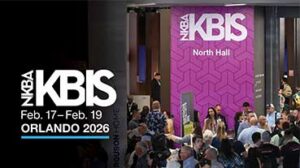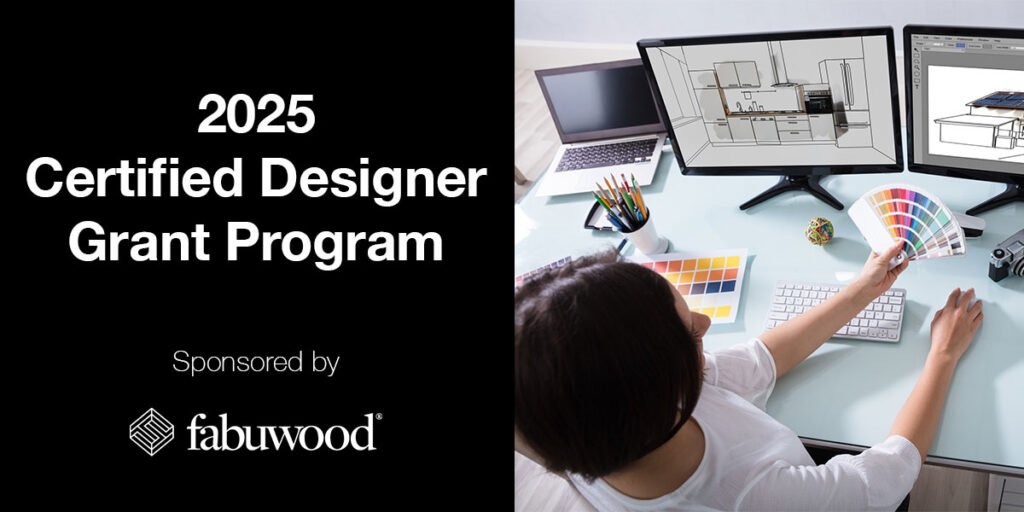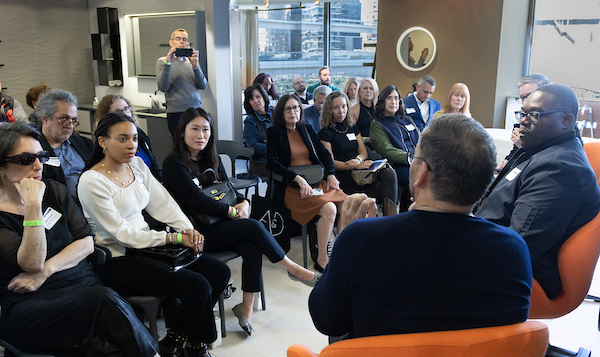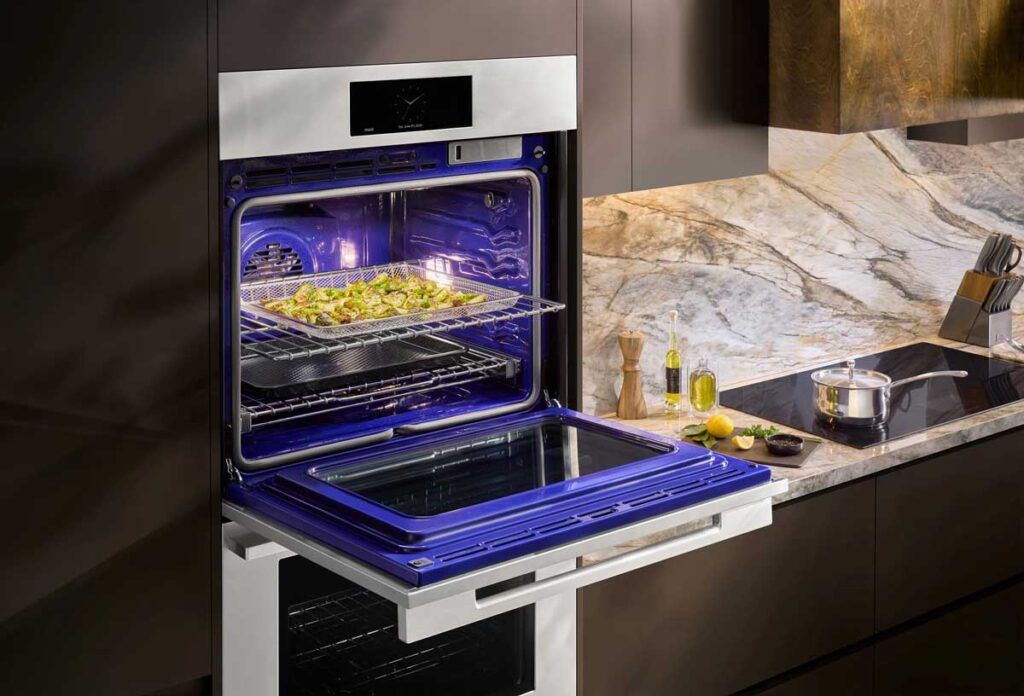The Atlanta-based designer, a Miele collaborator for 25 years, discusses his journey and what drives his partnership.

By Dianne M. Pogoda
Michael Schluetter is constantly refining his design process.
The Atlanta-based designer has been a collaborator and pioneer with luxury appliance maker Miele since 1999. “I always aim to create designs that really enhance the client’s lifestyle, and with Miele, it’s a perfect fit for those looking for innovative solutions,” he noted.
“I’ve always been passionate about design,” Schluetter said. “My journey started in East Germany, where I trained in kitchen and interior design at my father’s kitchen and bath design studio. During my apprenticeship, I also went to business school for business economics. That gave me a strong foundation for managing projects and understanding clients’ needs.”
He moved to the U.S. in 2014 and fully transitioned into interior design, taking on a wider range of projects and collaborations. He’s also currently studying product design online to deepen his understanding of the overall field. Over the years, hands-on work with clients has included creating custom cabinetry, unique art pieces, tables, and even kitchen systems. “It’s about finding solutions that enhance both the functionality and the aesthetics of a space.”
Schluetter considers himself part of the Post-Bauhaus movement of “Formgestalter” (“Creator of Forms” in German). “This combines architecture, interior design, and product design, with the human body and function at the center,” he explained. As part of his design evolution, Schluetter has developed The Holistic Design Method, a comprehensive process that considers the overall lifestyle of the client in the design process.
“Clients often ask about things outside of the ordinary scope of design,” he added. “The Holistic Design Method requires a new understanding of the environment, living situations, age groups in the household, aging in place, how long they plan to live there, and more.”
Schluetter is developing content around The Holistic Design Method that he hopes to share with other designers in the future. He spoke with NKBA about his process, the evolution of the kitchen, and how Miele products enhance his projects.
1. How did you come to develop The Holistic Design Method?
The Holistic Design Method is all about integrating function, aesthetics, and the client’s personal lifestyle. COVID had a big influence on this method because clients were using their homes in different ways that they hadn’t thought of before. Lifestyles and living arrangements changed. I focus on really understanding what my clients need and how they live in their space. It’s more than just making a room look good — it has to work well in their everyday lives. I try to blend their personality and practical needs into every project. The home has to have “visit-ability,” too, it has to accommodate the people who live there as well as visitors.
The first thing I want to know from clients is how they use the space and what their vision is. I ask about their daily routines, cooking habits, and what they feel is missing in their current kitchen. Once I have that clear picture, I can create a kitchen that fits their lifestyle, not just looks good.

2. What are the most significant advancements in appliances currently coming to market?
A lot of the advancements we see come from Europe. Clients are asking for things like induction cooktops with integrated downdrafts — these eliminate the need for traditional hoods and create a much cleaner island design. There’s also a big move toward steam ovens. The Miele Combi-Steam, for example, allows for healthier cooking and preserves the quality of the food with the best taste and aroma. Reheating is superior in a steam oven as well.
People are becoming more aware of food preservation and storage systems, too, both inside and outside of appliances. Vacuum sealers, for example, are now almost standard in kitchens, allowing for sous vide cooking and better food prep.
Smart appliances are becoming really important. They integrate with how people live today. The convenience is huge — like being able to check the progress of your laundry without having to walk over to the machine, or seeing how the food is doing in the oven with a live view. These features save time and give peace of mind.
3. What role does Miele play in elevating your projects?
Miele’s high-quality appliances perfectly align with the premium, holistic approach I take in design. Miele’s products aren’t just about performance, though. They come from a 125-year tradition of constant innovation. Every generation of their appliances is better, but the quality, the craftsmanship — that’s something you feel every day when you touch and use them. It’s part of what makes the kitchen feel effortless. Miele stands out because their products combine advanced technology with a sleek, user-friendly design, making them an easy choice for high-end kitchens.
4. What are the “must-haves” in a high-end kitchen today?
A high-end kitchen must integrate seamlessly into everyday life. It should almost act as a hidden supporter — taking off stress, so you can focus on living. The appliances should support cooking, so you always get good results without thinking too much about it. And, we can’t forget the human element. In the age of AI and mass design, it’s important to focus on how the family or group uses the space. You have to think about things like architecture, center lines, and how people interact in the kitchen — these can’t just be standardized by algorithms. It needs a human touch.
If you’re on a budget, I’d say focus on a really good dishwasher first. You’ll use it every day, and it makes life so much better for the whole family. Next would be the cooktop, and even at an entry-level price point, I’d recommend induction — it saves energy, time, and frustration. It has fewer moving parts to break, it’s easier to clean and maintain, it’s easily integrated, and it’s safer — especially if it’s in an island.
An oven, honestly, can be upgraded later. Start with a basic convection oven and you can always switch to something more advanced later on. Also, don’t underestimate ventilation. It’s one of the least expensive parts of the kitchen, but it has a huge impact on air and sound quality. You can find good hoods that perform well even on a smaller budget.

5. What advice do you have for young designers?
To young designers, I’d say it’s really important to be consistent in developing yourself. You have to keep learning and growing, but also collaborate with other designers and talents. It’s about building relationships, staying open-minded, and always pushing yourself to evolve. That’s how you grow and succeed in the long run.
Learn more about Michael Schluetter here, and for more information on Miele, sponsor of Kitchen & Bath Month, visit MieleUSA.com.

